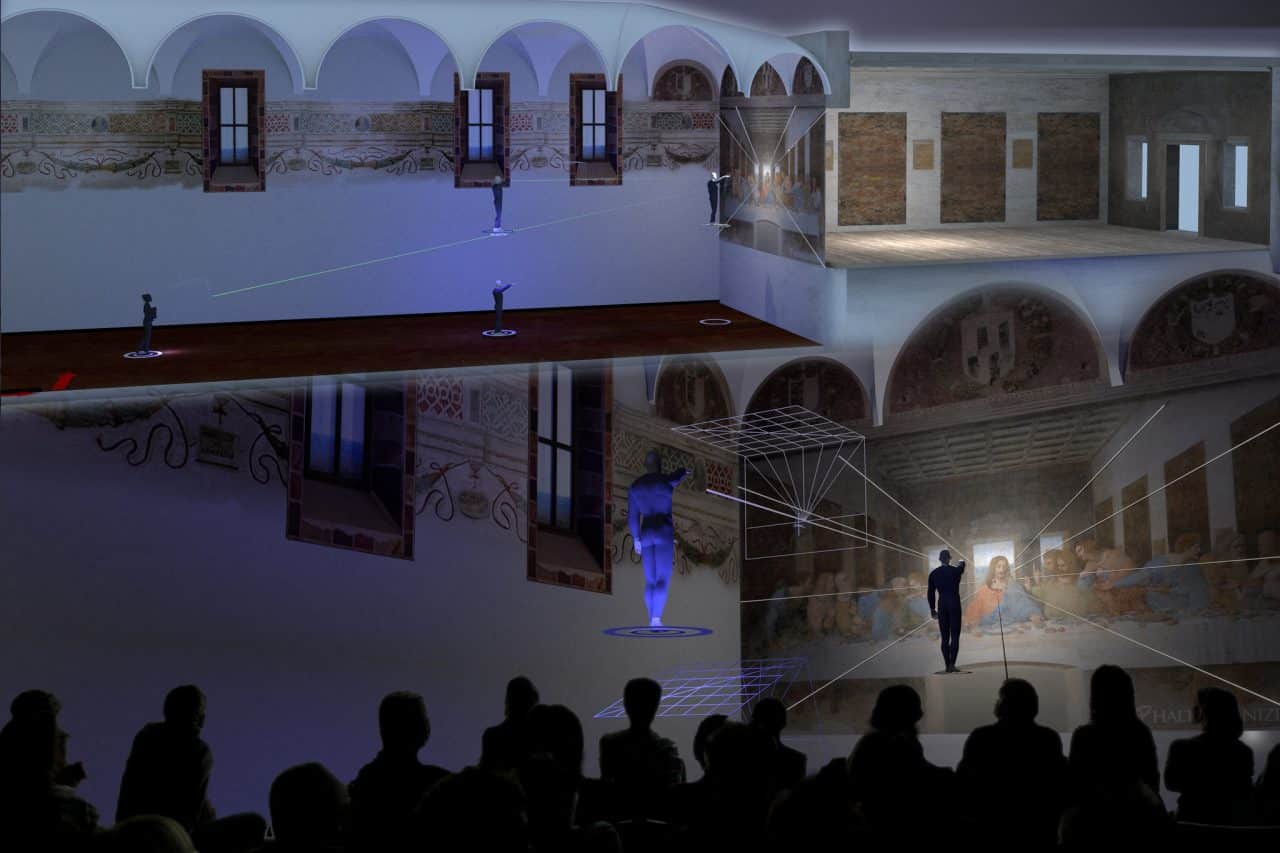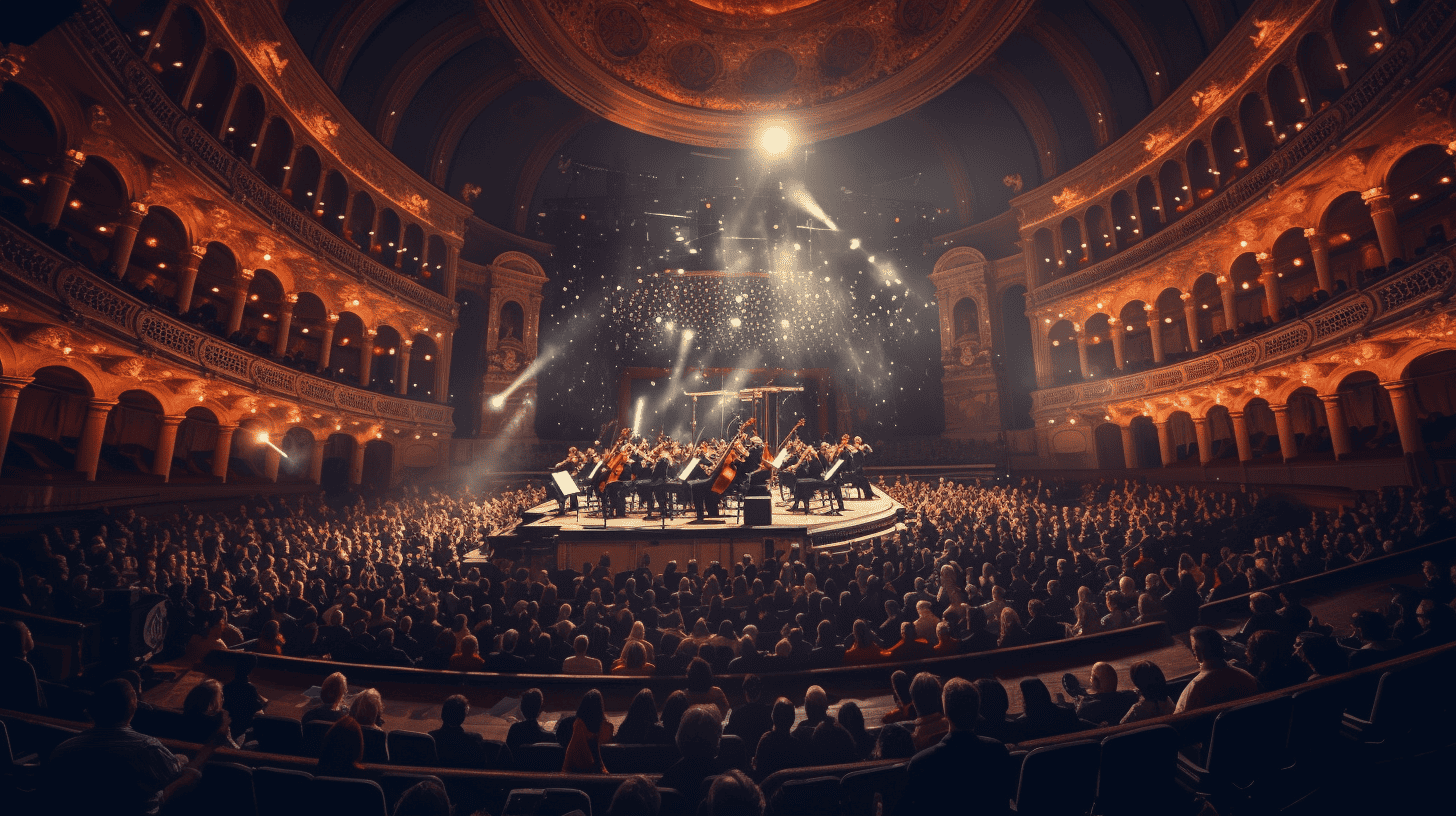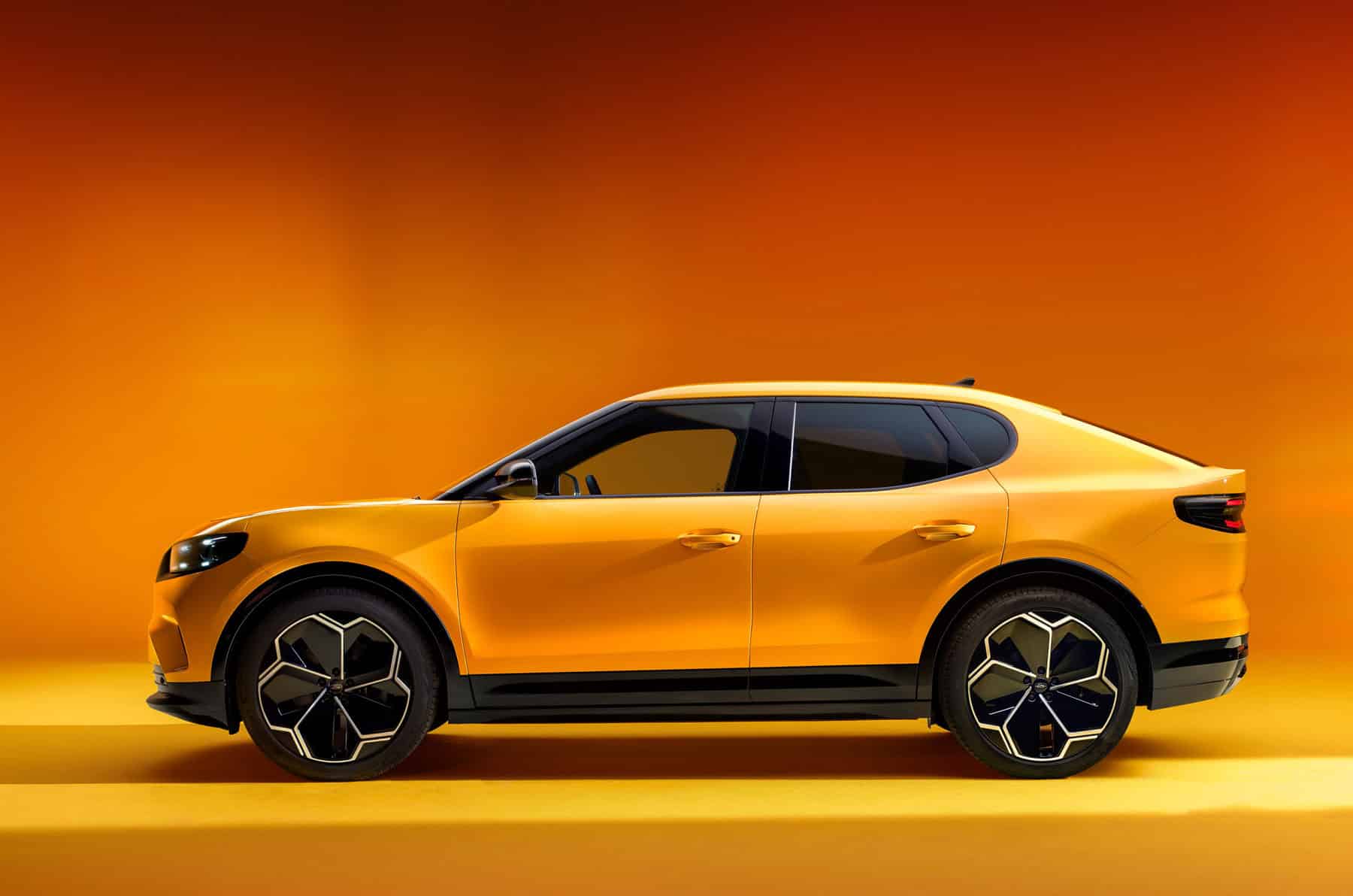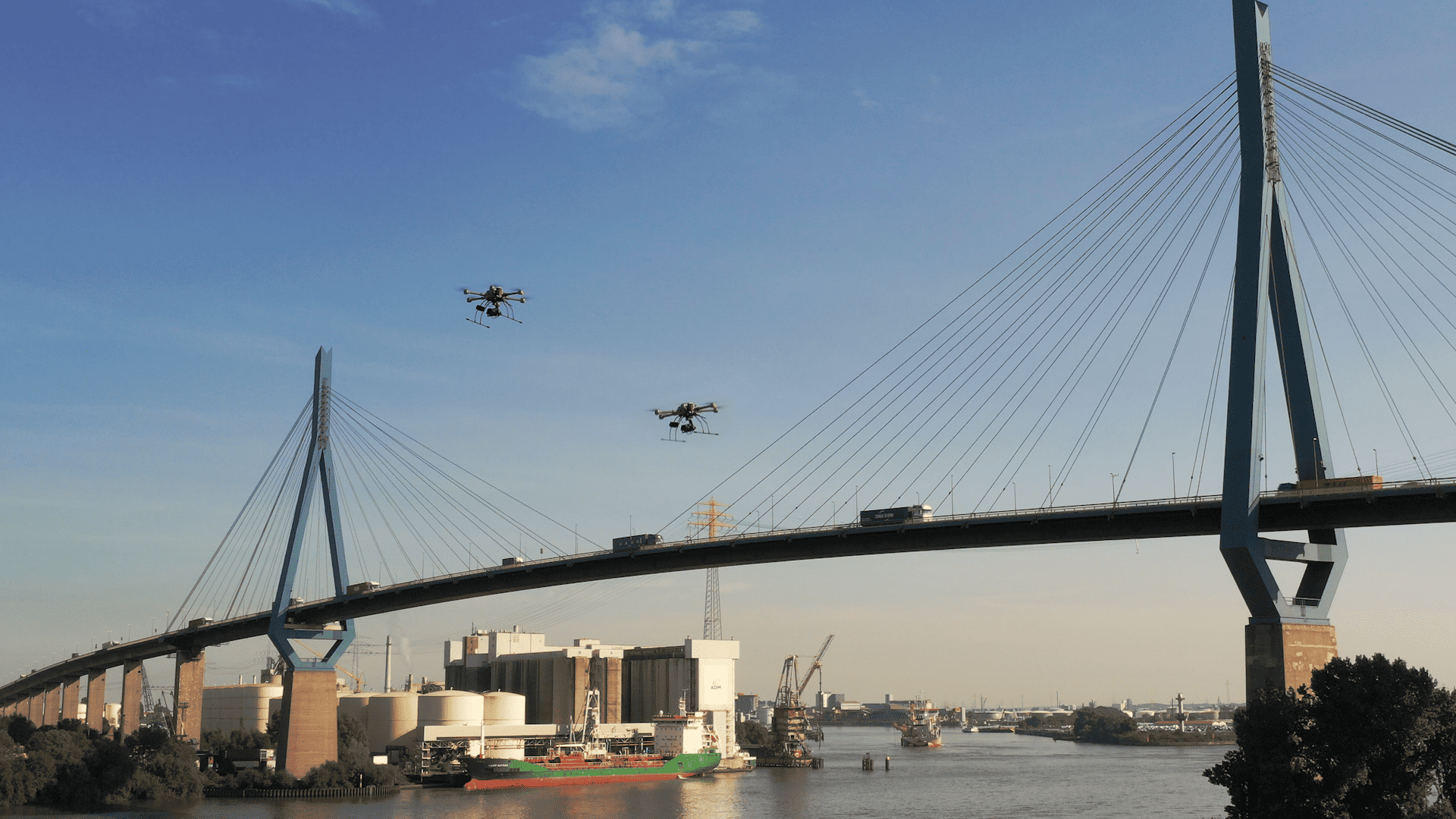
Everything ARS Electronica, is the slogan in Linz from September 5 to 9, 2019. Linz is set to play host to Europe’s largest festival for art, technology and society with its thousand contributors, five hundred events and ten locations. It is the city’s fortieth anniversary of the festival and its program is more extensive than ever before. A five-day program of conferences, panel discussions, workshops, exhibitions, performances, interventions and concerts is open to the public.
When ARS Electronica was founded in 1979, Linz was still a dreary industrial city, recounts Christine Schöpf, modern-day observer and co-director of the festival at the press conference in Vienna. The original idea for the first cultural event was born out of the enthusiasm of local band Eela Craig and from the support of cyberneticist and physicist Herbert W. Franke. The band was one of the first to experiment with electronic media, and the cyberneticist one of the first to publish on music and electronics.
Sound cloud
Initally, it was supposed to be a conference. In order to appeal not only to insiders, but also to the public, Franke, together with the Munich composer Walter Haupt, developed the concept of the Linzer Klangwolke (Linz Sound Cloud). That’s the byname for an annual open-air music festival which is enhanced with live videos. The Klangwolke kicked off the conference and was aimed at making Anton Bruckner‘s Eighth Symphony (1887) accessible to a wider audience. The opening speech was given by a robot from America who was greeted at the airport like a state guest.
While the politicians were enthralled by the Klangwolke, the conference had to become a festival first in order to really be successful. The festival aimed to be open to artists, researchers, technologists, designers, entrepreneurs and students as a seismograph of media art developments. A diverse thematic field was finally established through the combination of art, technology and society, along with a focus that could be adjusted. And at the very least, the way the exhibition was balanced when it came to tensions between image and acoustics, is what made its continuation possible, according to Schöpf who is an observer of its history. ARS Electronica was given its own premises in 1996, which operates as a Museum of the Future. Since then, projects relating to computer art and technology have been on permanent display across an area of 3000 square meters.
Future scenarios
It has long since been proven that the festival has had a role in social transformation via digitalization. Organizers and participants not only present information about technology, but are also asked how we intend to use it. In retrospect, the resulting future scenarios have often proven to be accurate, as artistic director Gerfried Stocker explains.
The festival’s fortieth edition is entitled Out of the Box – The Midlife Crisis of the Digital Revolution . The theme Out of the Box refers to the industry’s promise of equipment that works instantly and smoothly. And at the same time, it is the mantra of a start-up scene that is about the new. The topic is highlighted from a variety of perspectives.
Emancipation
As part of an assessment of the current situation, the slogan is meant to serve as a call for emancipation. So far, digitization has been left to technology companies. A midlife crisis comes with the realization that it is our future that the corporations are shaping and that we must intervene proactively. Quote: “We must leave behind the role assigned to us as that of mere consumers and compliant data providers”. The conference of the same name offers an in-depth look at this subject.
Always eagerly awaited is the Starts Day, which offers lectures, panel discussions and workshops on the potential of future innovators. A European Union initiative which promotes cooperation between art and technology is behind this. Artists are called upon to develop crucial concepts and explore opportunities for action. The festival is to present the S+T+ARTS = STARTS project together with a selection of the award-winning and nominated works featured in the STARTS Prize 2019.
A new event on the festival’s program is the European Platform for Digital Humanism, an exhibition that poses the question as to how Europe can become a digital society. The project was realized with numerous partners and thereby underlines the increasing importance of international cooperation. Two approaches to art and technology projects will be presented in a two-storey space covering almost 100,000 square meters:
- Art and technology projects that were primarily developed in the context of research;
- Art and technology projects that are primarily an artistic means of expression;
Locations
A special feature of ARS Electronica is obviously its ten different locations, some of which contrast with the festival’s high-tech structure. Hot spot is the Post City, close to the train station. A series of musical performances will be held in the historic Sankt Florian just outside Linz. At Mariendom in the city center, the new Berlin-based Yair gallery which specializes in technology-related themes will present video installations by international artists. Another unusual location is undoubtedly the Donaupark, which serves as an open-air stage for the 40th Klangwolke. Director David Pountney will stages a complete work of art in five acts and with spectacular stage sets.
The audience’s interest goes beyond the capacity of Linz, a city with just 200,000 inhabitants. All hotels are fully booked one week before the start of the event, Stocker tells us. He recommends that anyone interested should stay near Linz and use the train connections.







